What We Offer
The Pebble Team has extensive experience in organ and tissue perfusion, developing LIVING-ORGAN systems incorporating a variety of organs. Our platforms replicate in-vivo physiology, enabling translatable testing of therapies and innovations.
Our perfusionists are keen to push the boundaries of scientific research, and can build complex, bespoke LIVING-ORGAN systems tailored to your needs. If you have a model in mind, no matter the complexity, please get in touch.
What Are LIVING-ORGAN Systems?
The Pebble LIVING-ORGAN System involves removing organs and tissues from the body and attaching them to a circuit which replicates in-vivo physiology. Tissues are perfused with blood-based solutions at physiological pressures and flows, using state-of-the-art levitating centrifugal pumps. Oxygenation and carbon dioxide clearance are performed by the addition of an oxygenator, and normothermia (normal body temperature) is maintained throughout.
For prolonged perfusion, nutritional support is infused. As a result of our highly complex circuits and protocols, organ function and metabolism are perfectly preserved.
In each of our models, kidneys urinate, livers secrete enzymes, lungs breathe, hearts beat, the muscles, fascia, and skin of a limb physiologically metabolise glucose and lactate. The circulating immune system corresponds closely with in-vivo, responding to stimuli such as LPS and infectious organisms.
Using these models, we can test any intervention and induce a wide range of injuries, while monitoring parameters that are comparable to the patient. This includes deep haemodynamic and biomarker profiling, as well as detailed functional assessment, all in real time.
Pebble’s LIVING-ORGAN systems are highly complex, so we’ve created an animation to explain how they work.
Our Platforms
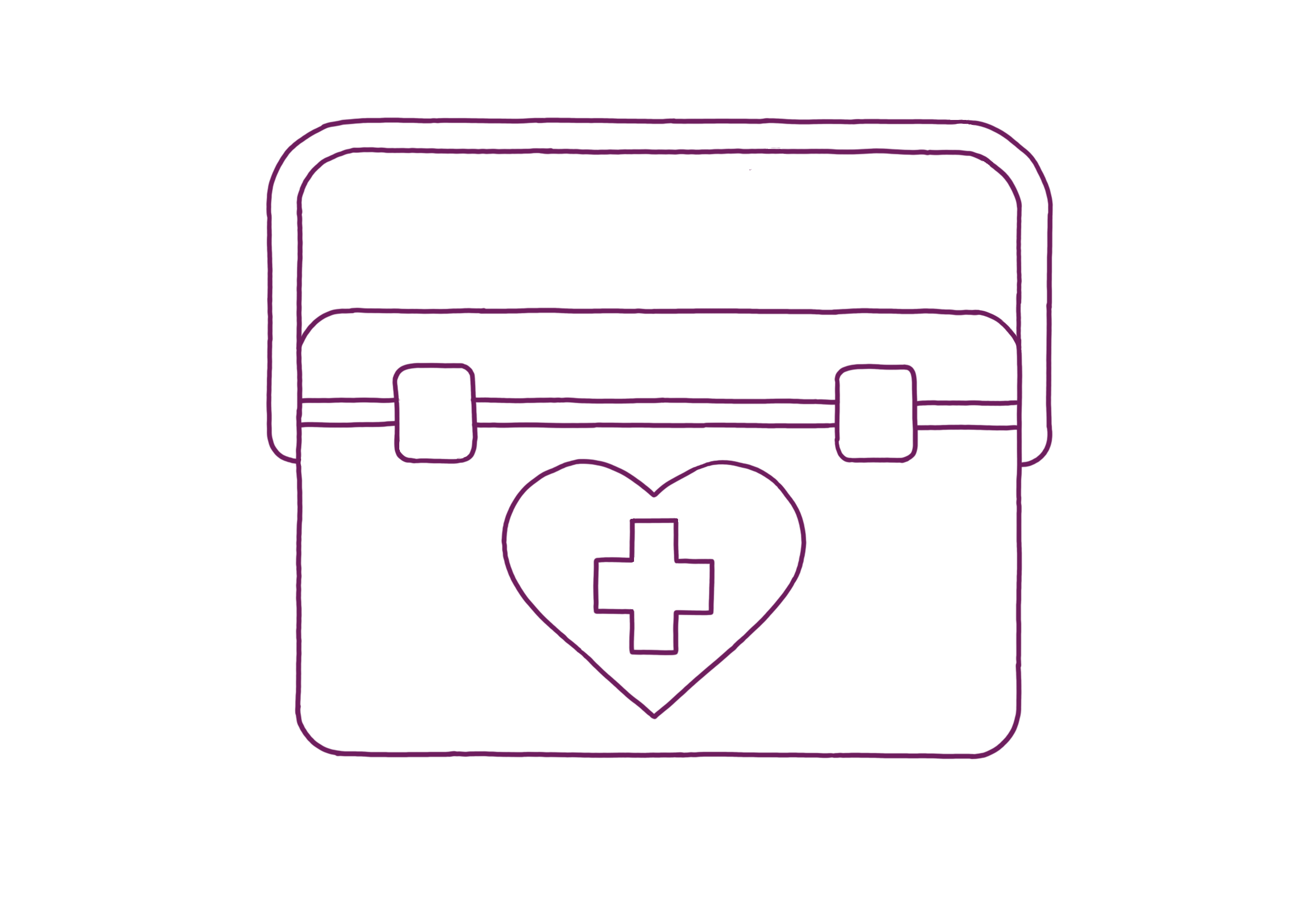
Transplant
Transplant Scenario Services
Our allogeneic transplant-reperfusion system recreates transplantation by connecting a donor organ to a LIVING-ORGAN system, consisting of blood and organs from a recipient animal.
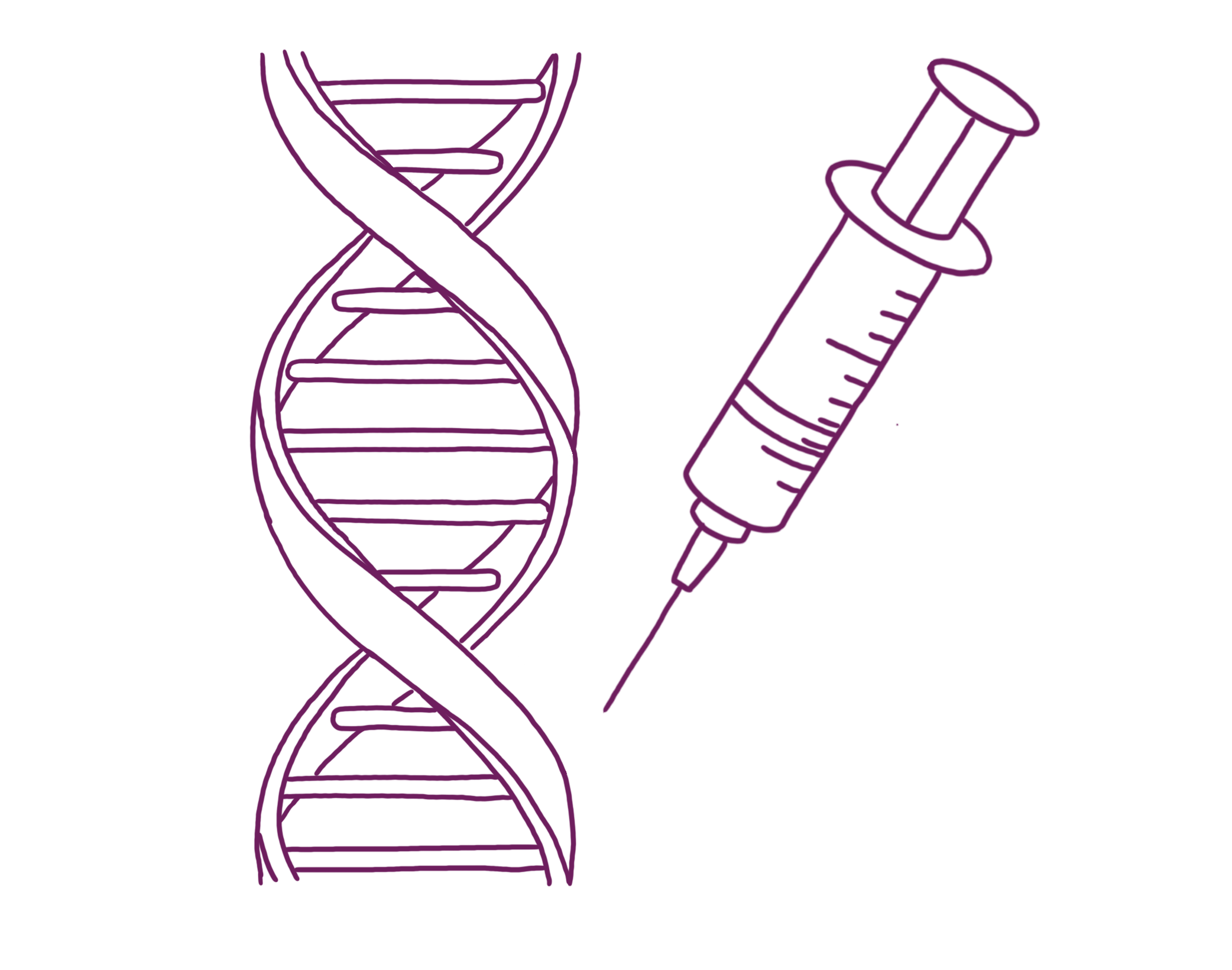
Cell & Gene Therapies
Cell & Gene Therapy Testing
Pebble’s LIVING-ORGAN systems provide in-depth analysis for the development of advanced therapeutics, including cell, gene, exosome and nanoparticle therapies.
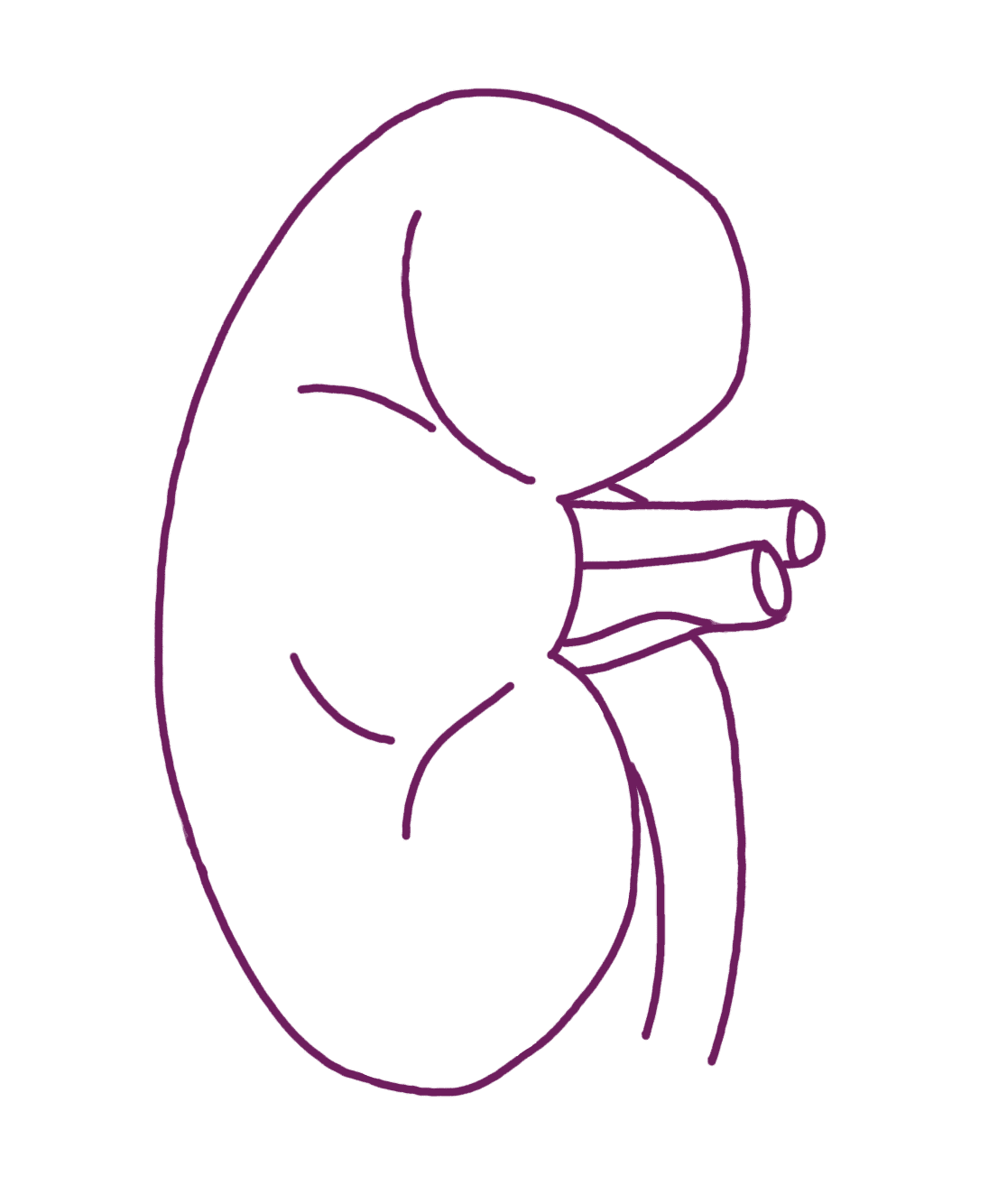
Kidney
LIVING-KIDNEY
The Pebble LIVING-KIDNEY system replicates in-vivo physiology and restores kidney metabolic function, providing an ideal, translatable platform for testing renal therapies.
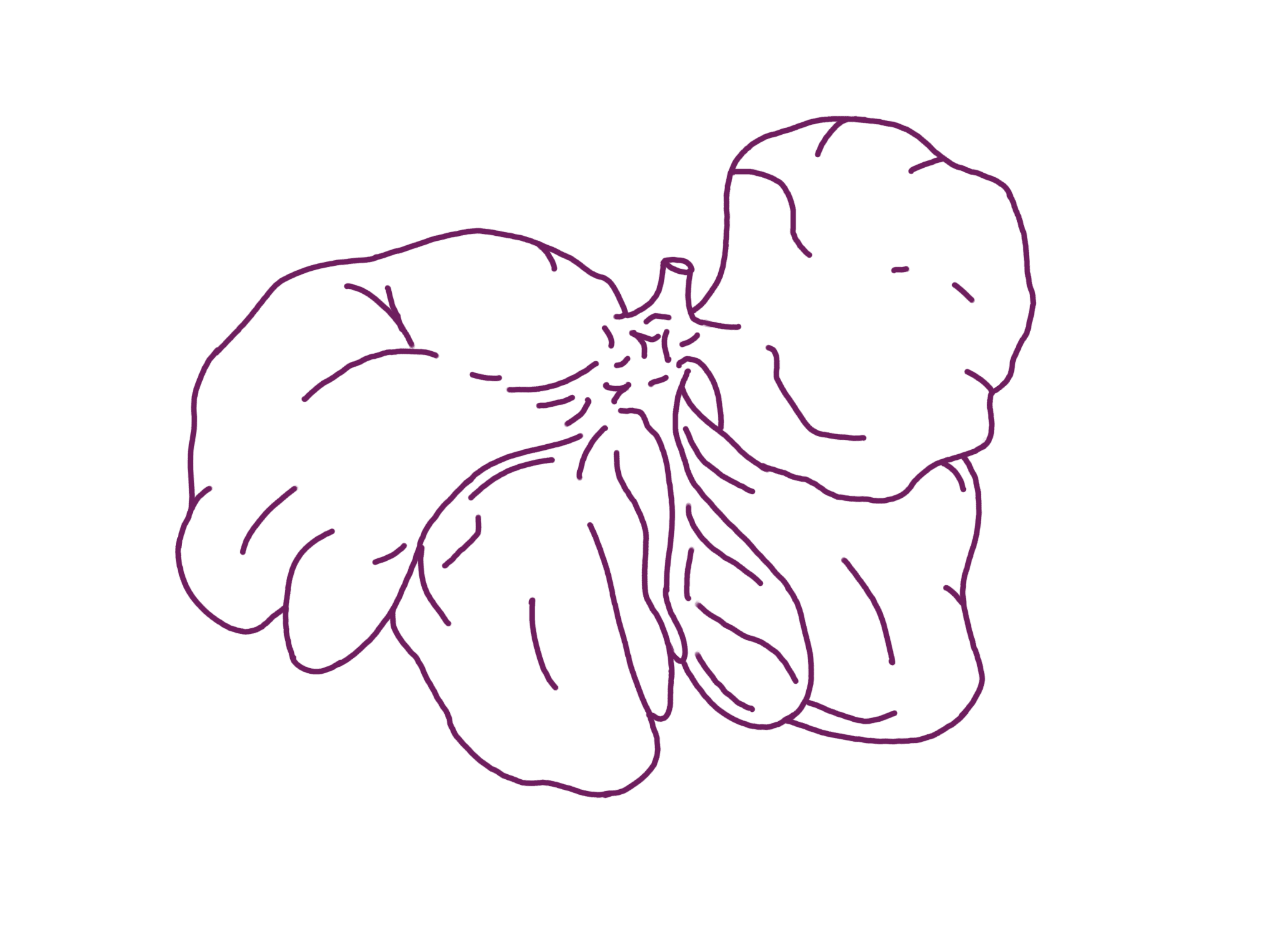
Liver
LIVING-LIVER
The LIVING-LIVER model maintains tissue function, carrying out processes such as neoglucogenesis, glycolysis, glycogenesis, protein, bile and enzyme production.
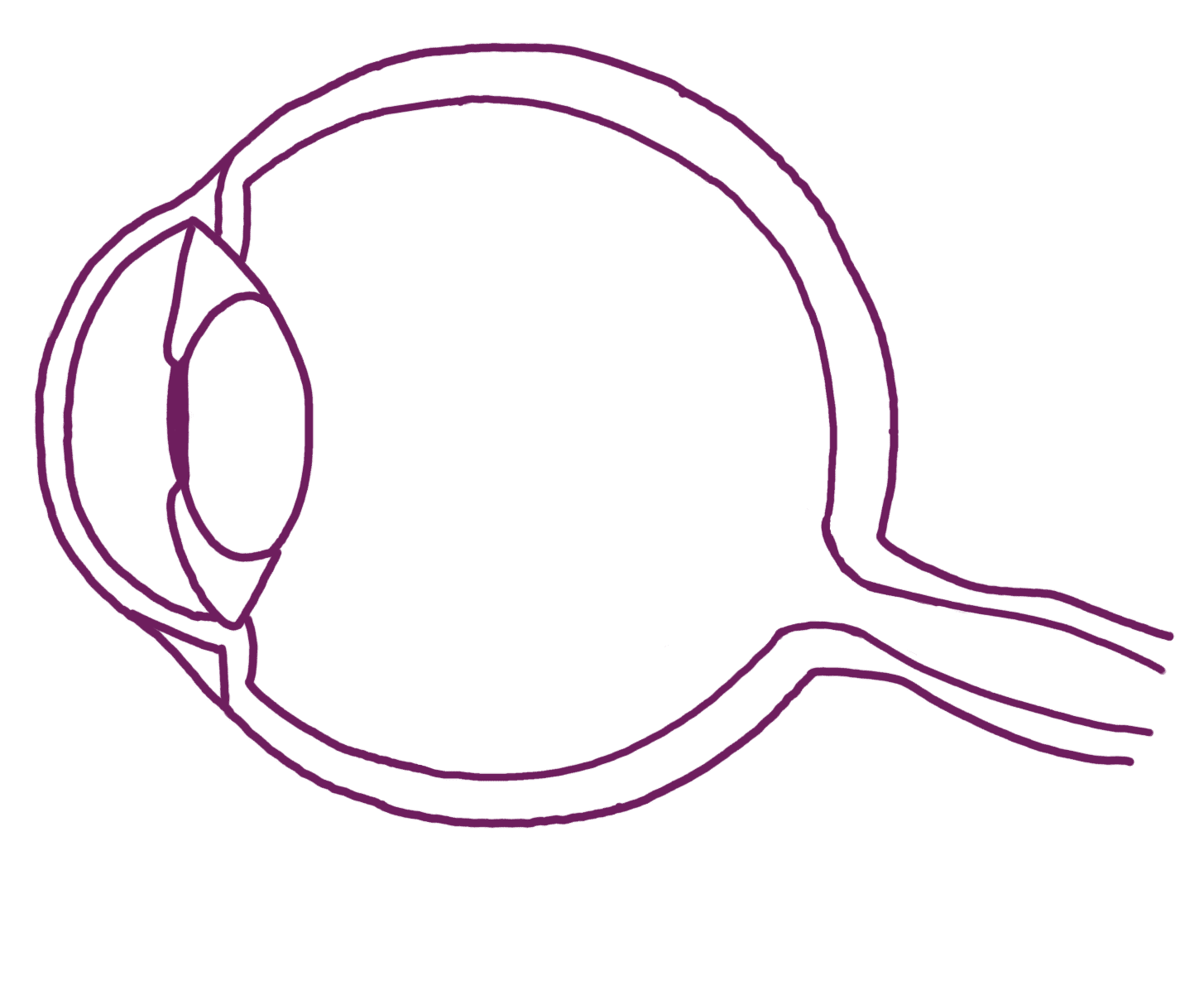
Eye
LIVING-EYE
Our LIVING-EYE model restores metabolic function within the eye, providing an ideal platform for testing ocular therapies and performing electroretinography.
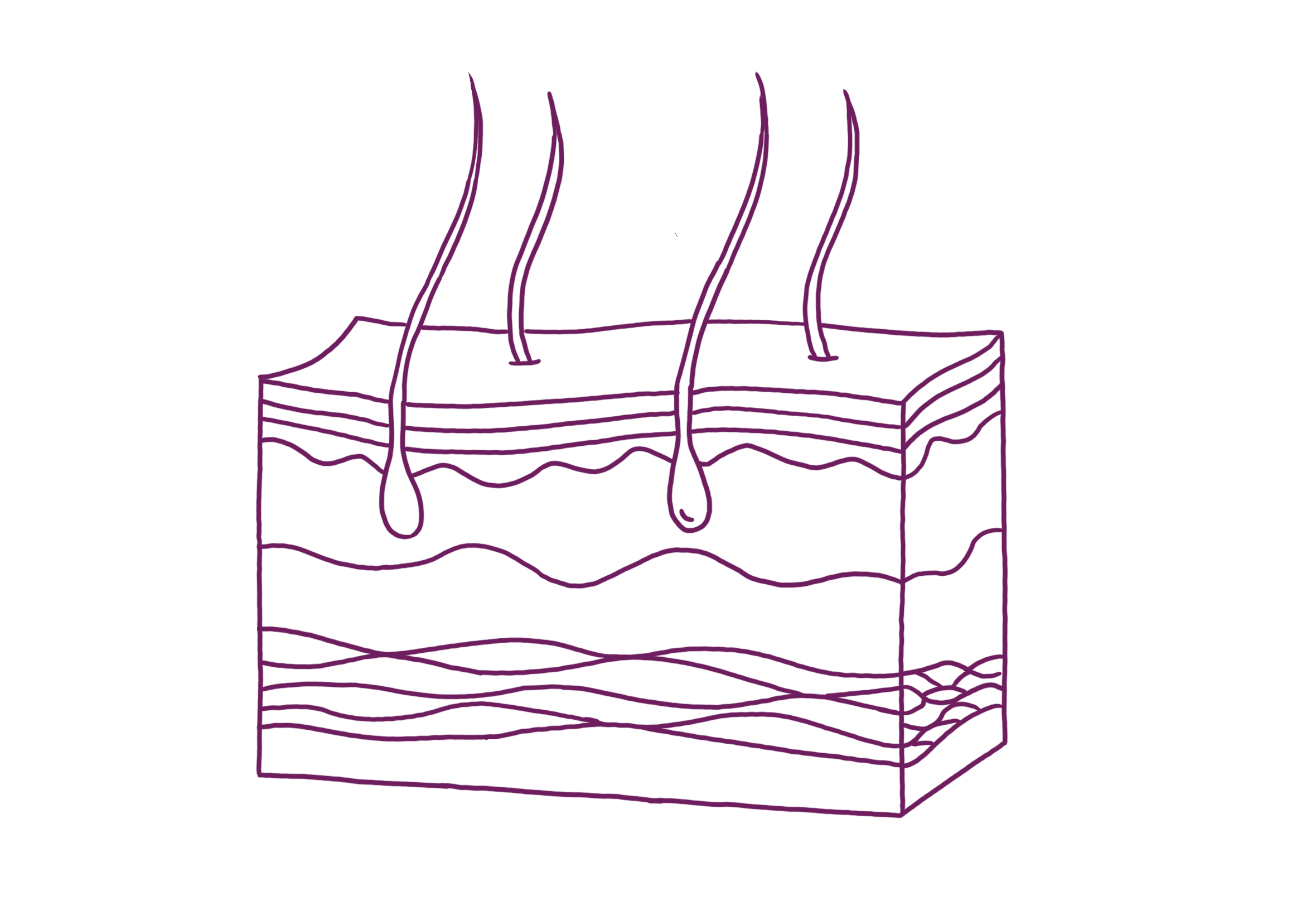
Dermatology
Dermatological Studies
The Pebble LIVING-LIMB incorporates a complete composite skin structure, providing a unique platform for the evaluation of topical substances.
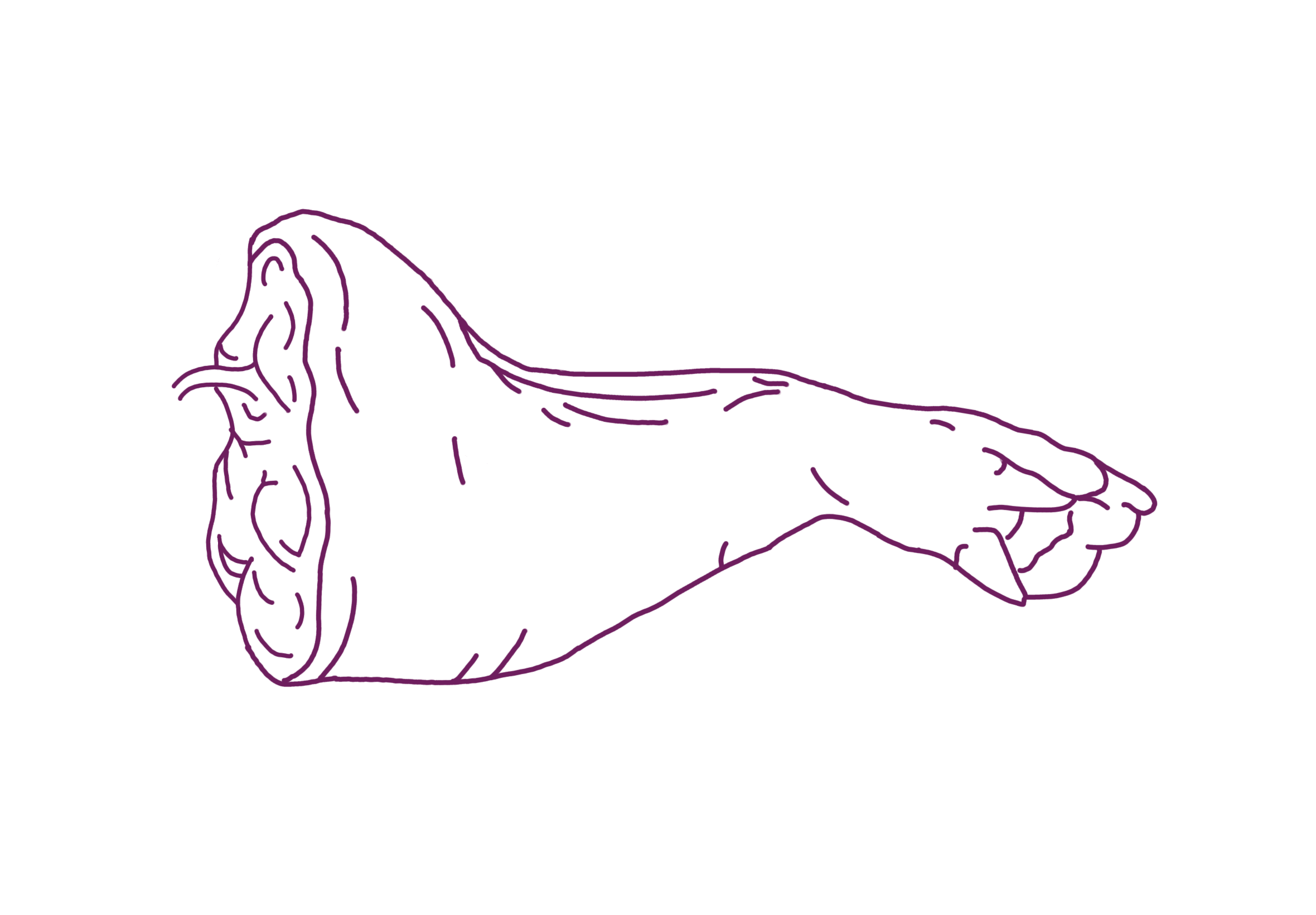
Limb
LIVING-LIMB
Our LIVING-LIMB System provides a translatable platform for muscular, nervous, wound and bone research, ideal for precision delivery in isolated or complete tissue structures.
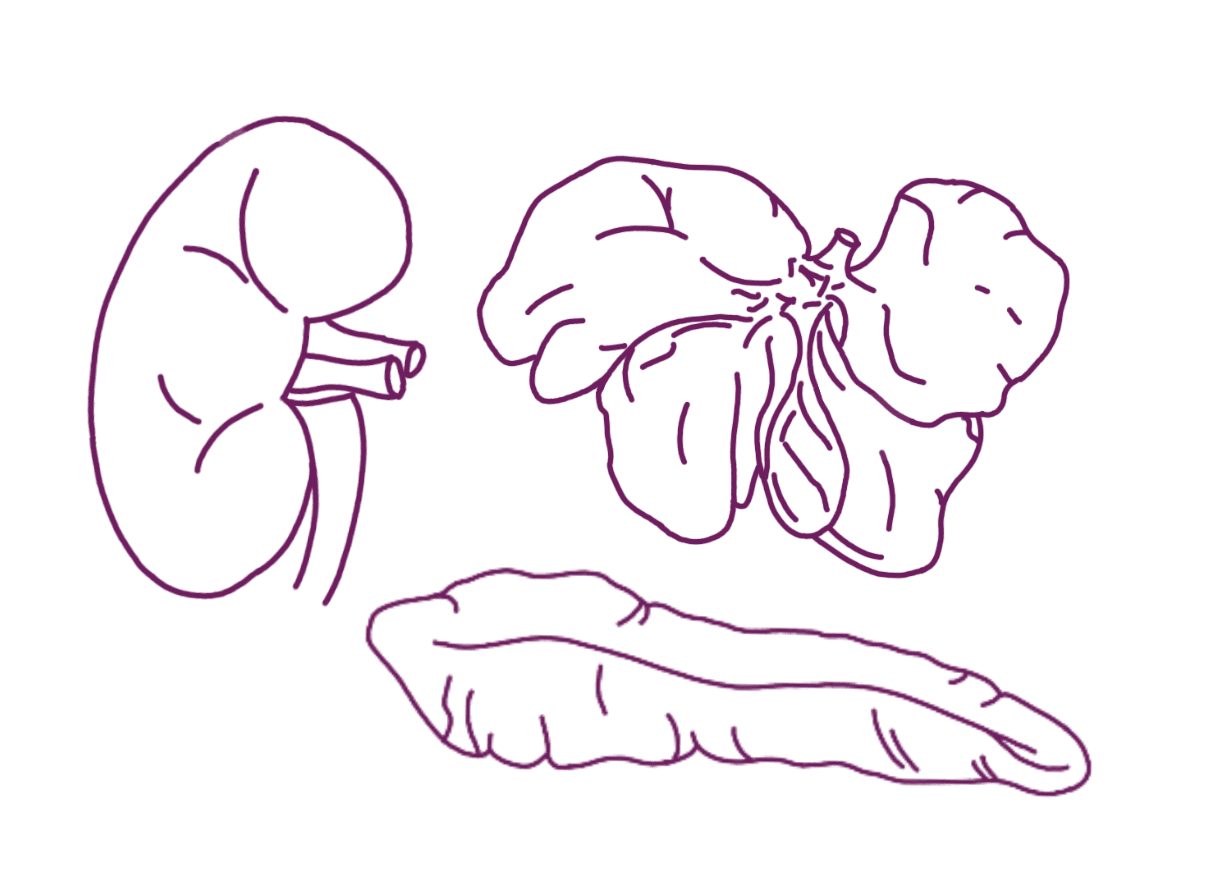
Multi-Organ
MULTI-ORGAN
Our MULTI-ORGAN Systems replicate the physiology of interconnected organs, providing a dynamic environment for testing innovations.
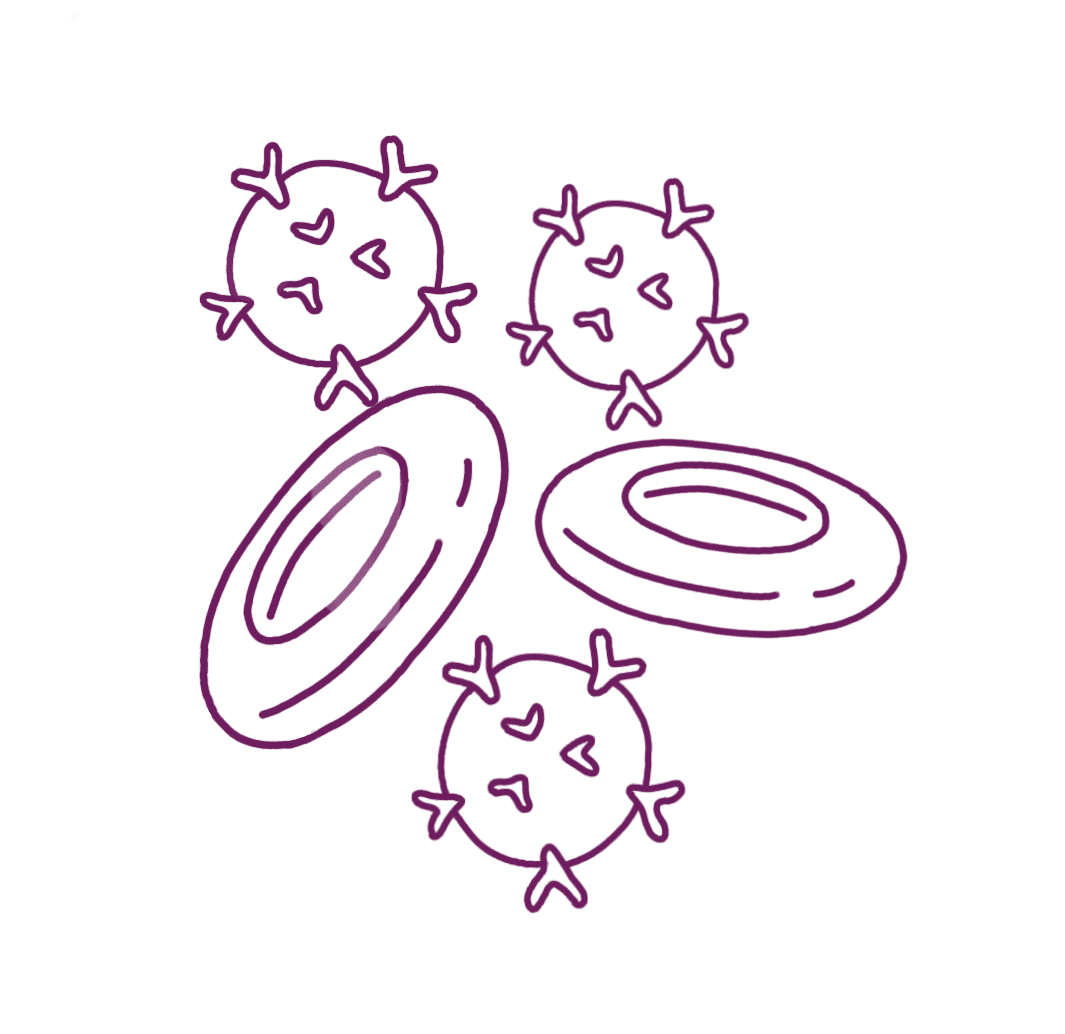
Blood
Human LIVING-BLOOD
The Human LIVING-BLOOD System simulates human vascular haemodynamics, enabling in-depth analysis of immunogenicity & toxicity of therapies.
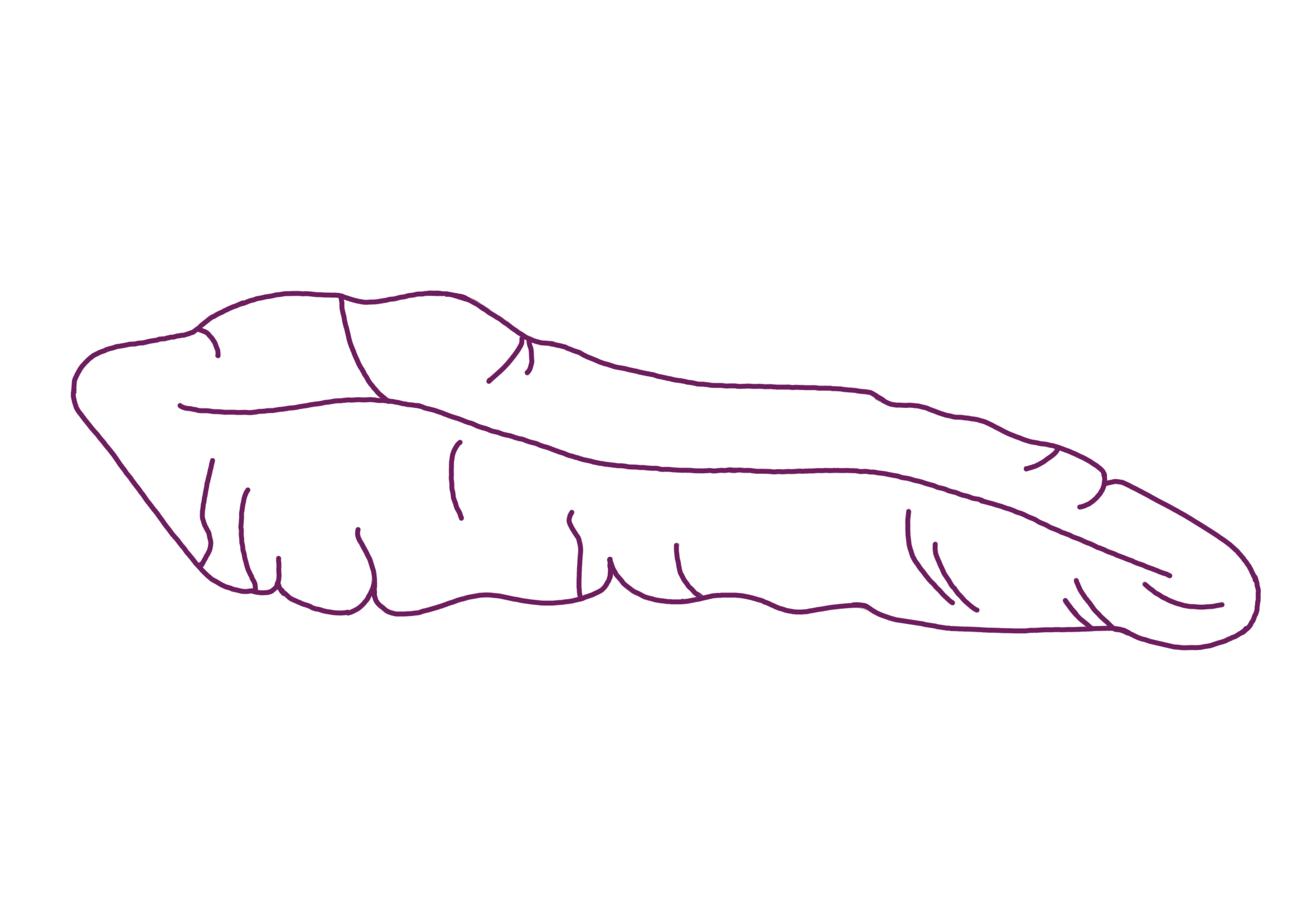
Spleen
Back Title
LIVING-SPLEEN
Coming Soon!
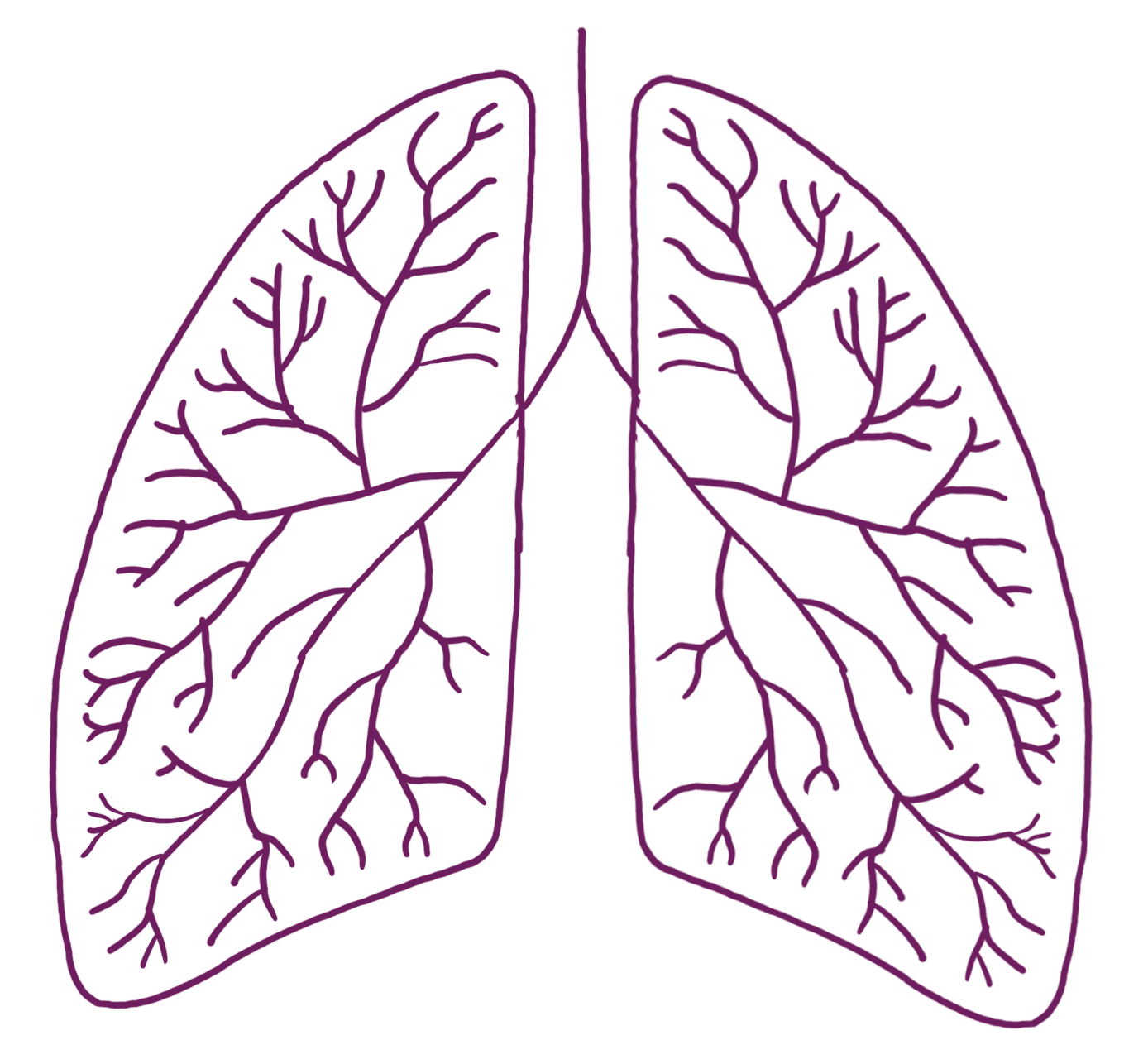
Lungs
LIVING-LUNG
In development!
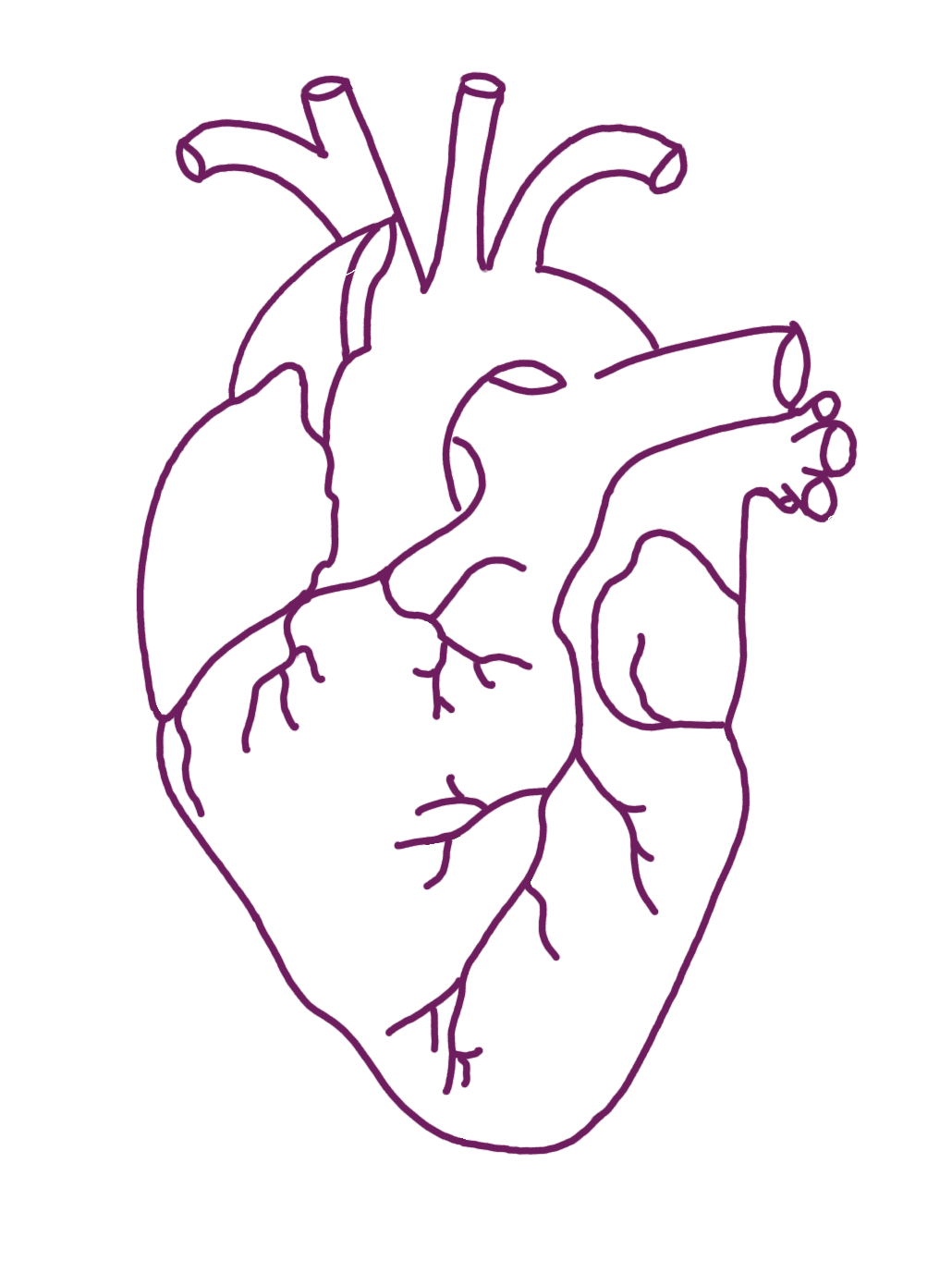
Heart
LIVING-HEART
In development!

Pancreas
LIVING-PANCREAS
In Development!
Why Choose Pebble
Join the Waiting List!
Our systems are in high demand as we move towards the industry gold standard. View our platforms below and join our waiting list to access globally unique resources.


